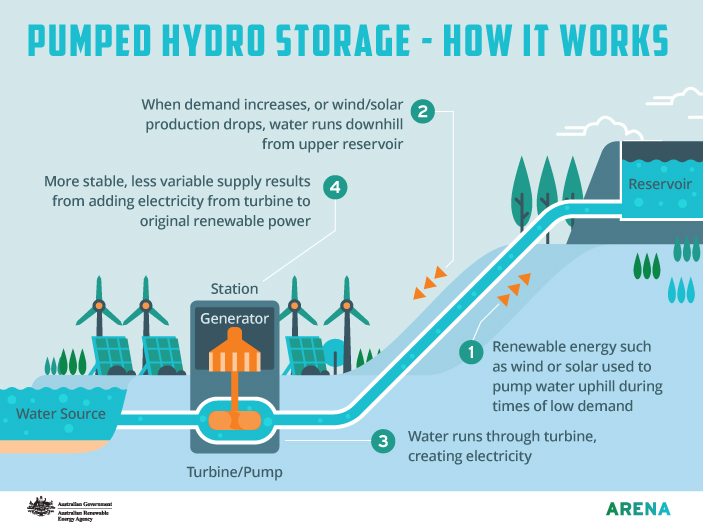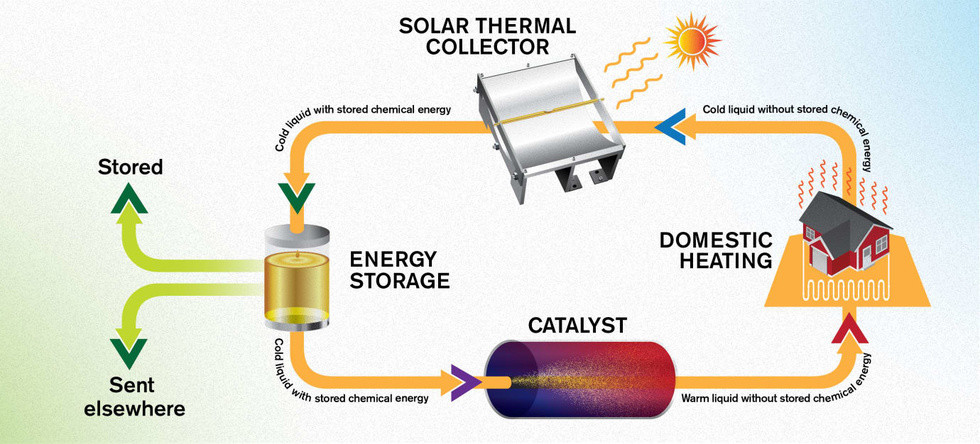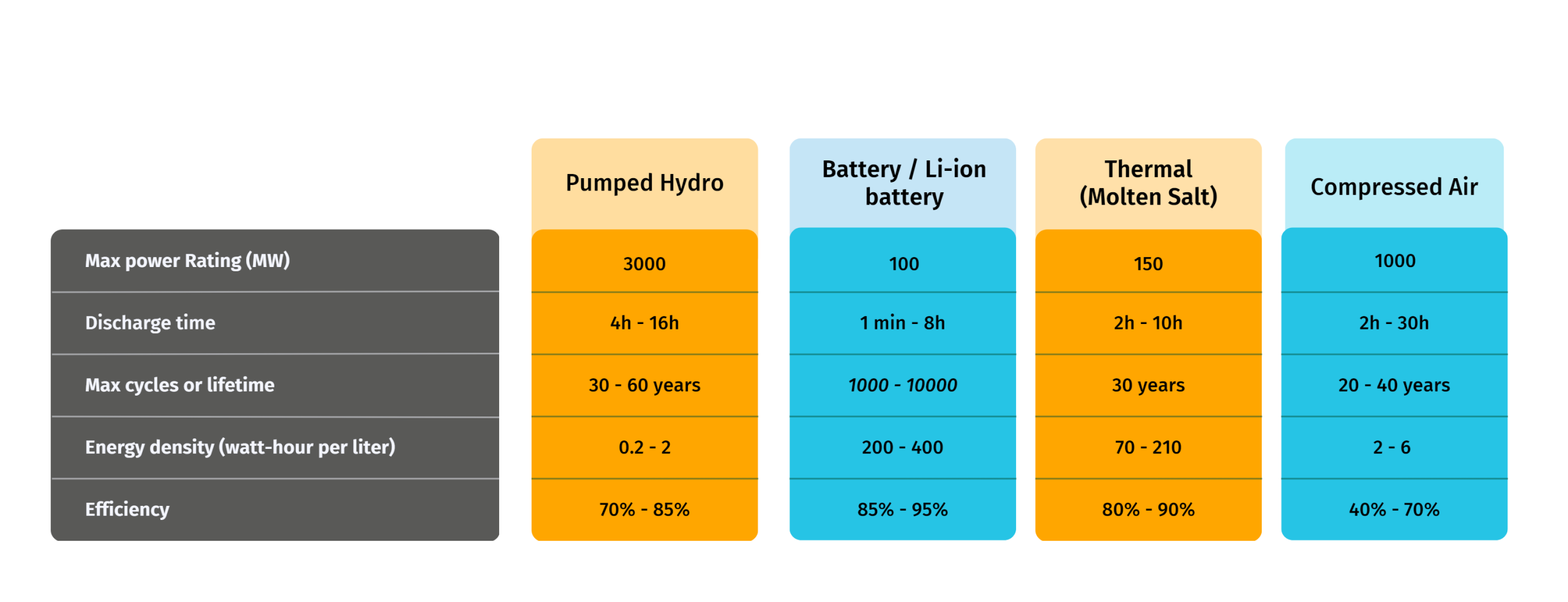The world is at a turning point where it must switch from fossil fuels to renewable energy sources in order to tackle climate change. Because they are clean, plentiful, and sustainable, renewable energy sources like wind and solar energy are gaining popularity. Yet, one of the primary issues with renewable energy is the intermittent nature of these sources and these energy storage.
Solar energy systems can only generate electricity during the day, while wind turbines can only do so when there is enough wind. Because of this, it is challenging to rely on these sources for a regular and reliable energy supply. Thankfully, technology has improved and a variety of renewable storage options are now readily available. We shall examine the various forms of renewable energy storage in this post.
Type 1: Pumped Hydro Storage
The oldest and most well-established type of storage is pumped hydro. Using this technique, water is pumped from a lower reservoir to a higher one during periods of energy surplus and then released through a turbine to produce electricity when it is required. Since it can store a significant amount of energy for extended periods of time, pumped hydro energy storage has been around for a while. Also, it has a lengthy lifespan—some systems can endure for up to 50 years.
The Bath County Pumped Storage Station in Virginia, United States, is an illustration of a pumped hydro storage facility. One of the largest pumped hydro storage systems in the world, this system has a 3,000 MW capacity. It has been in use since 1985 and can supply more than one million houses with energy.

Type 2: Battery Energy Storage
A common and affordable method for storing renewable energy is battery storage. The lithium-ion battery, which is widely utilized in electric vehicles and portable gadgets, is the most popular type of battery used for storage. When needed, these batteries release the chemically stored energy as electricity.
In order to reduce changes in energy supply and demand, battery storage is particularly useful for short-term storage. Battery storage systems can be used to store small or big amounts of energy depending on the needs of the system because they are scalable.
The Hornsdale Power Reserve in South Australia is one instance of a big battery storage system. This system can store 193.5 MWh of energy and has a 150 MW capacity. It has been successful in restoring stability to the South Australian electricity grid and is able to react to outages and grid disruptions in under a second.
Type 3: Thermal Energy Storage
The process of trapping and storing heat in a substance like molten salt or cold water is known as thermal storage. The heat is released and used to produce electricity when the energy that has been stored is required. The ability to store excess solar energy for use during periods of low solar production makes thermal storage particularly useful in regions with high solar irradiation.
The Gemasolar Concentrated Solar Power Station in Spain serves as an illustration of a thermal storage technology. This facility concentrates sunlight onto a tower, where the heat is used to produce power and steam. Molten salt tanks, which may give up to 15 hours of storage, are used to store the extra heat.

Type 4: Mechanical Energy Storage
Motion is a source of energy that can be stored through mechanical means. Flywheels are a common example of mechanical storage because they store energy by rapidly rotating a rotor. The rotor is slowed down when the energy is needed, and the energy is then released as electricity.
Compressed air storage, which entails compressing air and storing it in underground caverns, is another illustration of mechanical storage. The compressed air is released when the energy is needed and is then used to drive a turbine, which produces electricity. Long-term storage is possible with this technique for storage, which is especially useful for large-scale energy storage.
The Huntorf Compressed Air Energy Storage plant in Germany is one illustration of a compressed air storage system. This system, which has a 290 MW capacity, has been in use since 1978. It can power over 500,000 households and stores compressed air in a cavern 1,000 meters below ground
How do all these types compare to each other?
The benefits and drawbacks of each form of renewable storage technology are different. Long-term energy storage with pumped hydro is especially effective, but its use is constrained by the lack of adequate topography and water resources. Although the cost of batteries has decreased somewhat, they are still an expensive form of storage. High temperatures are necessary for successful thermal storage, which works best in regions with abundant sun radiation. Large-scale mechanical energy storage is feasible and has a relatively long lifespan, although it can be expensive and requires a lot of infrastructure.

Conclusion
The widespread use of renewable energy sources depends on the availability of renewable storage. The various forms of renewable storage technologies each have their own benefits and drawbacks, and each one must be weighed against the particular requirements of the system. New and inventive renewable energy storage options are anticipated to appear as technology develops, facilitating the shift to a clean and sustainable energy future.
Sources
- Fact Sheet / Energy Storage (2019) https://www.eesi.org/papers/view/energy-storage-2019
- How can we store renewable energy? 4 technologies that can help https://www.weforum.org/agenda/2021/04/renewable-energy-storage-pumped-batteries-thermal-mechanical/
On the look for a job in the Energy industry?




